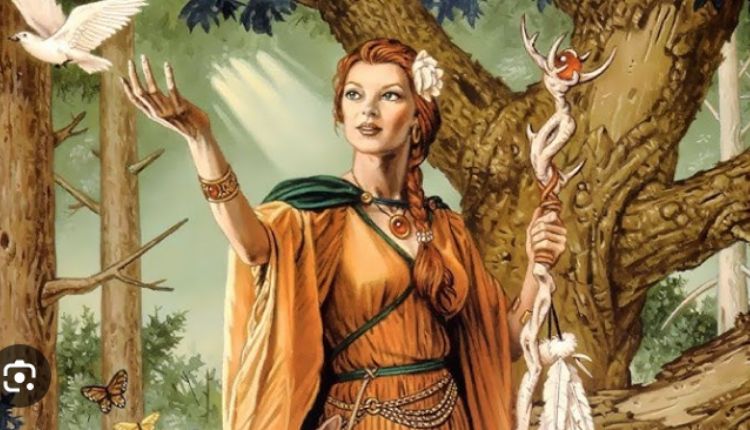Introduction:
The Celtic religion, also known as Celtic paganism or Druidism, once thrived in the lands of Western Europe. With roots dating back over two millennia, this ancient spiritual tradition was practiced by the Celts, a diverse group of tribal societies that spanned from the British Isles to the Iberian Peninsula. In this article, we embark on a journey to uncover the beliefs, rituals, and significance of Celtic religion. By delving into its mythological tales, sacred sites, and cultural influence, we aim to shed light on the fascinating yet enigmatic aspects of this religious tradition.
I. Origins And Beliefs
The origins of Celtic religion are intertwined with the ancient Celtic people, whose beliefs and practices were deeply connected to nature and the cycles of life. Central to their religious worldview was the veneration of nature and its various deities, often represented by gods and goddesses associated with natural elements such as water, fire, earth, and air. The Celts believed in an otherworldly realm and the existence of spirits, both benevolent and malevolent, that interacted with the living world.
The Celtic pantheon was rich and diverse, with regional variations in deities and their attributes. Some of the well-known Celtic deities include the Dagda, the father god and protector of the tribe; Brigid, the goddess of fertility, poetry, and healing; Lugh, the god of arts and crafts; and Morrigan, the goddess of war and fate. These deities were often invoked for protection, prosperity, and guidance through intricate rituals performed by the Druids, the priestly class of the Celtic society.
II. The Role Of Druids
At the heart of Celtic religion were the Druids, revered scholars and spiritual leaders who played a pivotal role in their society. Druids served as mediators between the human realm and the divine, holding positions of great authority and respect. They acted as priests, healers, judges, and advisors to kings and chieftains. The knowledge of the Druids was passed down orally, and they did not record their teachings in writing, adding to the mystery surrounding their practices and beliefs.
The Druids also had a deep understanding of astronomy and the cycles of nature, which allowed them to determine auspicious times for ceremonies and celebrations. Among their most significant rituals were the seasonal festivals, such as Samhain, Imbolc, Beltane, and Lughnasadh, which marked the solstices and equinoxes and celebrated the changing seasons.
III. Sacred Sites And Artifacts
The Celts left behind an array of sacred sites and artifacts that offer glimpses into their religious practices and beliefs. Stone circles, such as Stonehenge in England and Carnac in France, were places of spiritual significance, possibly used for astronomical observations or rituals. Burial mounds and barrows were constructed to honor the deceased and may have held religious significance.
Another fascinating aspect of Celtic religion lies in their art and symbols. Intricate designs of knots, spirals, and animals were often carved into stones and metalwork, representing interconnectedness and spiritual symbolism. These artistic expressions continue to captivate modern audiences, leaving them in awe of the Celtic people’s creativity and spiritual depth.
Conclusion
The legacy of Celtic religion endures through the ages, as fragments of its ancient wisdom continue to influence modern spiritual practices and cultural expressions. Though much of its intricacies remain shrouded in mystery, what we do know reveals a deep reverence for nature, a diverse pantheon of deities, and the significant role of Druids in their society. The tales of Celtic mythology and the enigmatic remnants of their sacred sites remind us of the richness of their spiritual heritage and its connection to the natural world.
FAQs:
- What led to the decline of Celtic religion? The decline of Celtic religion can be attributed to several factors. With the expansion of the Roman Empire into Celtic territories, there was increased exposure to Roman cultural and religious influences. Additionally, the spread of Christianity during the early Middle Ages further eroded the traditional beliefs of the Celtic people. Over time, Christian missionaries converted many Celts, leading to the gradual decline of their indigenous religious practices.
- Are there any modern-day practitioners of Celtic religion? Yes, there are modern-day practitioners who seek to revive and reconstruct elements of Celtic religion, often referred to as Celtic Reconstructionist Paganism. These individuals draw upon historical sources, folklore, and archaeological findings to recreate the religious practices of the ancient Celts. However, it’s essential to note that this reconstruction might not fully replicate the original Celtic religion, as many aspects of the tradition were lost over time.

